
Negar Foroutan
About Me
I am a research scientist at Google Research, Zurich, Switzerland. I recently completed my PhD at School of Computer and Communication Sciences (IC), EPFL, under supervision of Prof. Antoine Bosselut and Prof. Karl Aberer.
Research Interests
My research interests broadly encompass natural language processing (NLP) and machine learning, with a particular focus on improving the multilingual capabilities of large language models (LLMs), especially in low-resource settings. I work across the entire pipeline of training multilingual LLMs, including:
- Pretraining Data Construction: Language identification, data filtering, and preprocessing to ensure high-quality datasets.
- Multilingual Data Mixtures: Designing effective data strategies for balanced language representation.
- Language-Aware Tokenization & Architectures: Developing multilingual tokenizers and LLMs that better handle low-resource languages.
- Robust Multilingual Evaluation: Curating robust benchmarks to assess model performance across languages.
Education
PhD in Computer & Communication Sciences | EPFL, Switzerland, 2019 - 2025
- Thesis: Responsibly Building Multilingual Language Models for Hundreds of Languages
- Advisors: Prof. Antoine Bosselut and Prof. Karl Aberer
MSc in Computer Engineering (Artificial Intelligence) | Shiraz University, Iran, 2013 - 2016
- Thesis: Discovering the Hidden Structure of a Social Network: A Semi Supervised Approach
- Advisor: Prof. Ali Hamzeh
BSc in Computer Engineering (Software Engineering) | Shiraz University, Iran, 2009 - 2013
Work Experience
Working on a project to optimize long-context inference, improving LLMs' efficiency in processing and understanding extended inputs.
Contributed to multiple research projects on multilingual LLMs, covering the entire training pipeline. Led the multilingual effort within the SwissAI initiative. Collaborated on projects with Google, Cohere, and HuggingFace. Supervised junior researchers and summer interns. Served as a teaching assistant in several courses.
I was involved in the mlbench project, a benchmark framework for distributed machine learning.
As an intern in Thomas Hofmann's lab working under the supervision of Carsten Eickhoff, I worked on a modular, patient-centric information retrieval system designed for precision oncology applications. The result of the project was a submission to the TREC 2017 Precision Medicine track.
As an intern under the supervision of Manuel Gomez Rodriguez, I worked on a project analyzing the dynamics of citation networks: quantifying the value of a set of published papers and modeling knowledge diffusion across a citation network.
I worked on projects focused on object detection, facial expression analysis, and real-time face recognition and tracking.
Publications
-
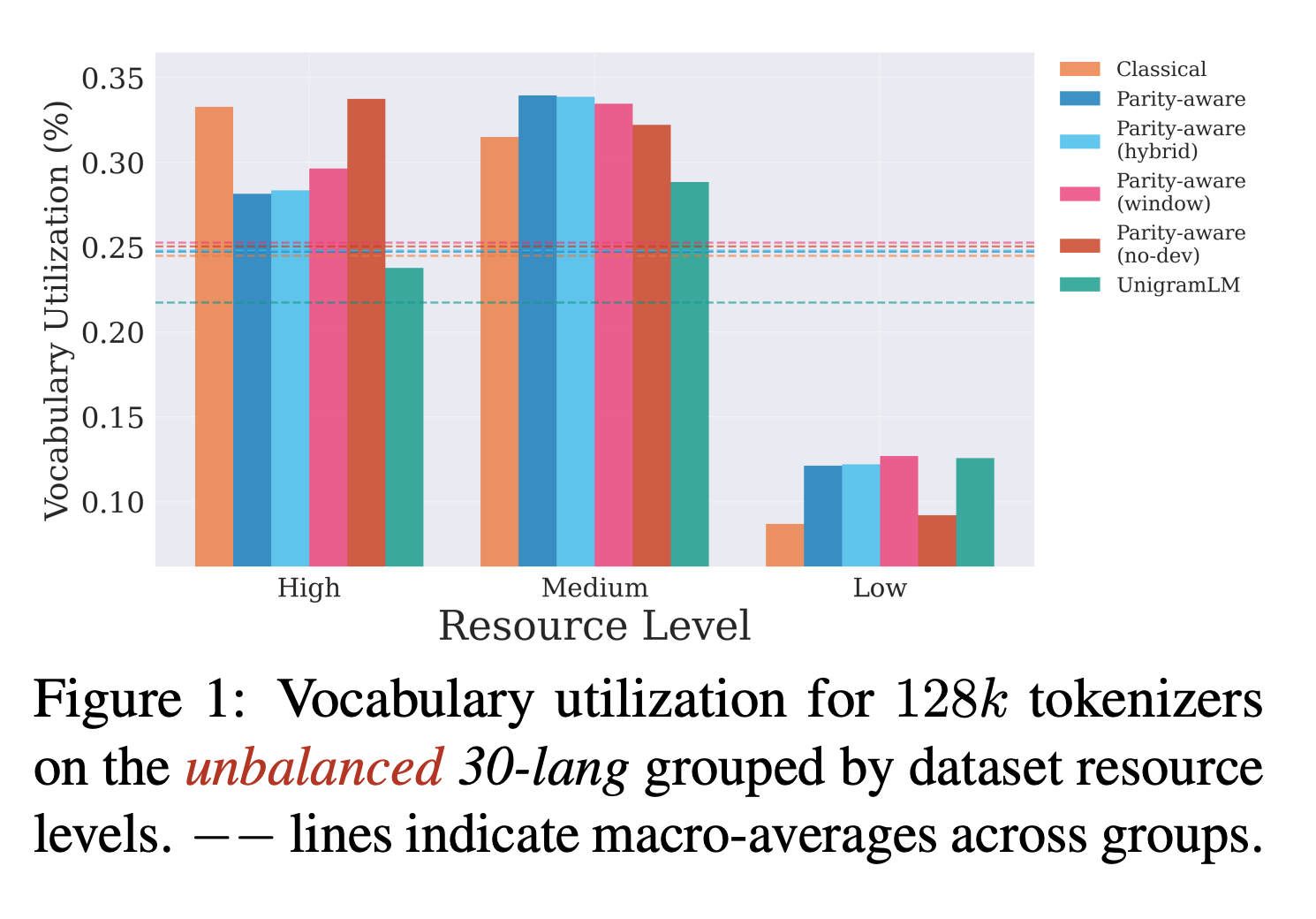 arXiv
arXiv preprint, 2025.
arXiv
arXiv preprint, 2025. -
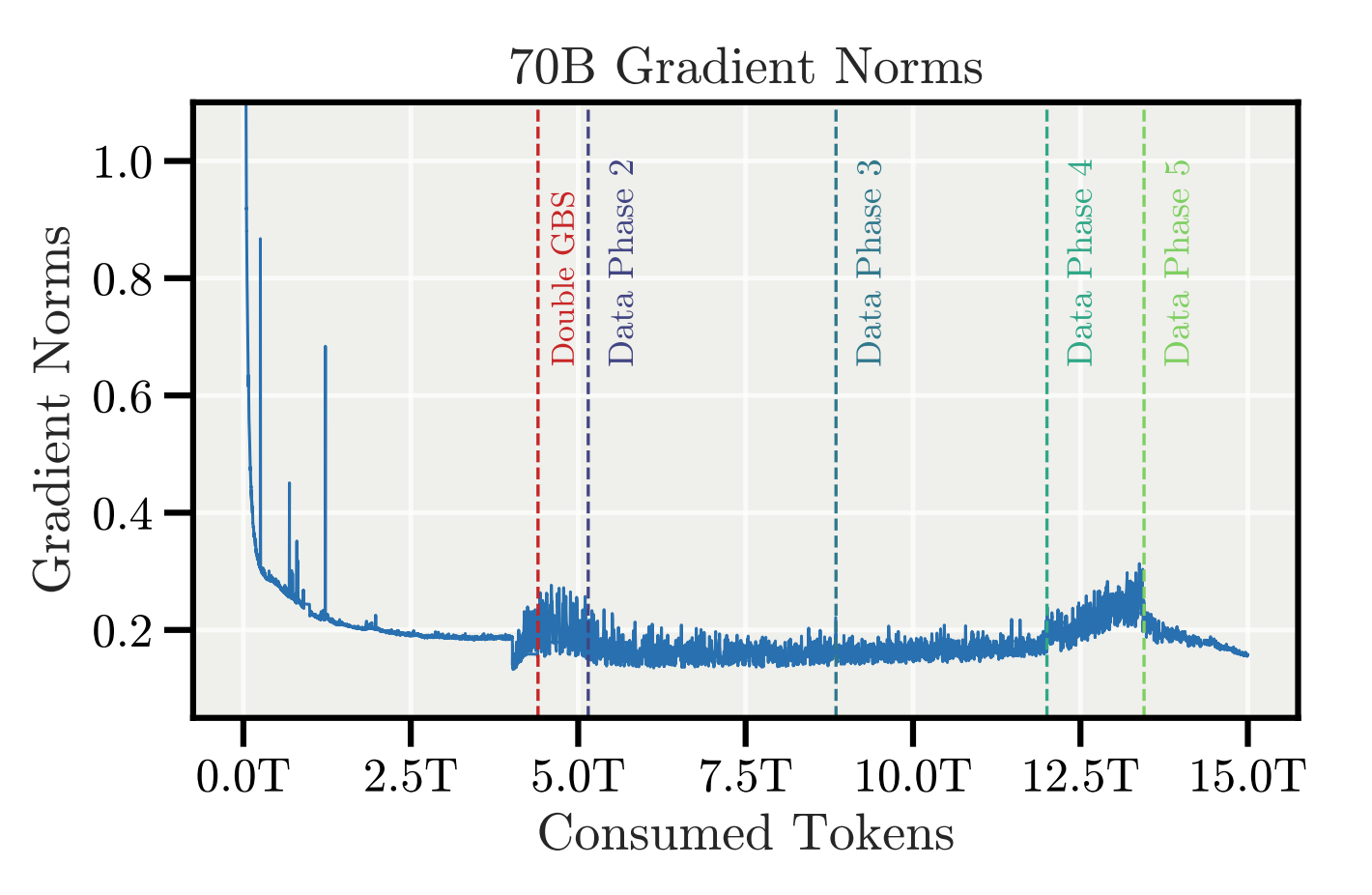 arXiv
arXiv preprint, 2025.
arXiv
arXiv preprint, 2025. -
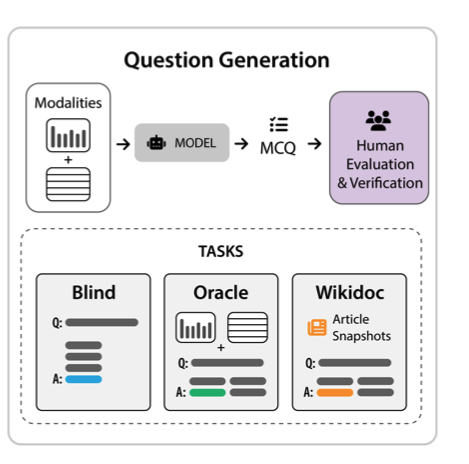 ACL'25
Annual Meeting of the Association for Computational Linguistics (ACL), 2025 - Findings.
ACL'25
Annual Meeting of the Association for Computational Linguistics (ACL), 2025 - Findings. -
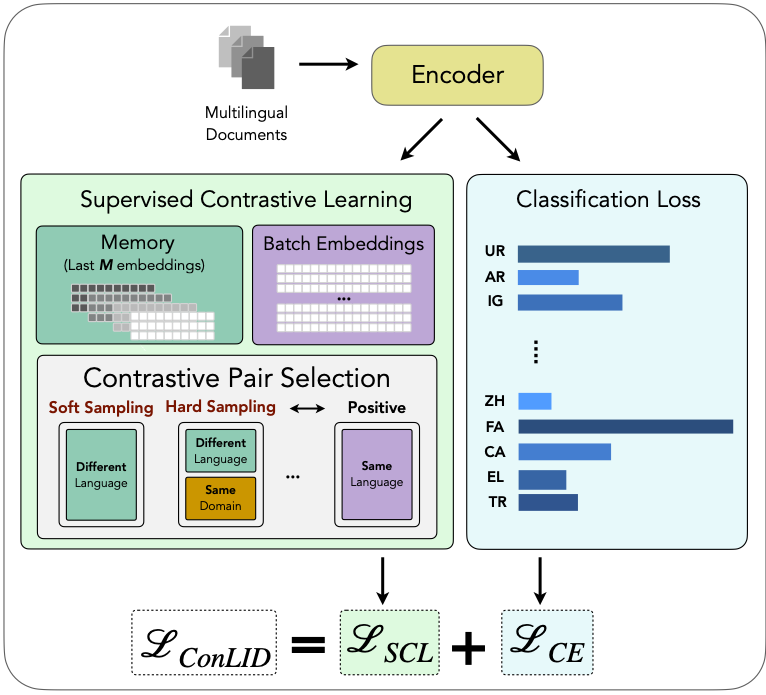 arXiv
arXiv preprint, 2025.
arXiv
arXiv preprint, 2025. -
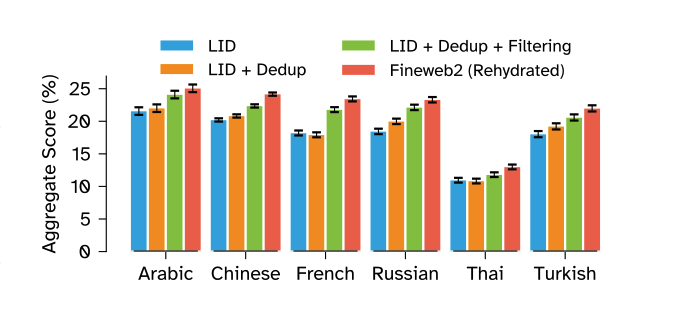 COLM'25
Conference on Language Modeling (COLM), 2025.
COLM'25
Conference on Language Modeling (COLM), 2025. -
 ICLR'25
International Conference on Learning Representations (ICLR), 2025.PDF Project Page Spotlight
ICLR'25
International Conference on Learning Representations (ICLR), 2025.PDF Project Page Spotlight -
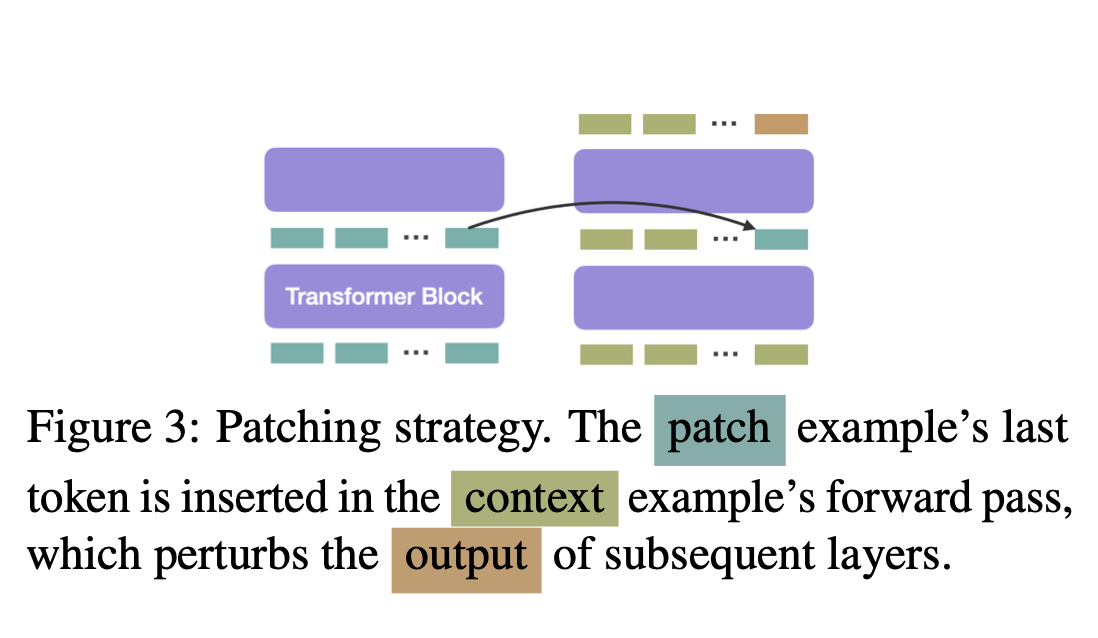 ACL'25
Annual Meeting of the Association for Computational Linguistics (ACL), 2025 - Findings.
ACL'25
Annual Meeting of the Association for Computational Linguistics (ACL), 2025 - Findings. -
 PNAS'24
Proceedings of the National Academy of Sciences (PNAS), 2024.
PNAS'24
Proceedings of the National Academy of Sciences (PNAS), 2024. -
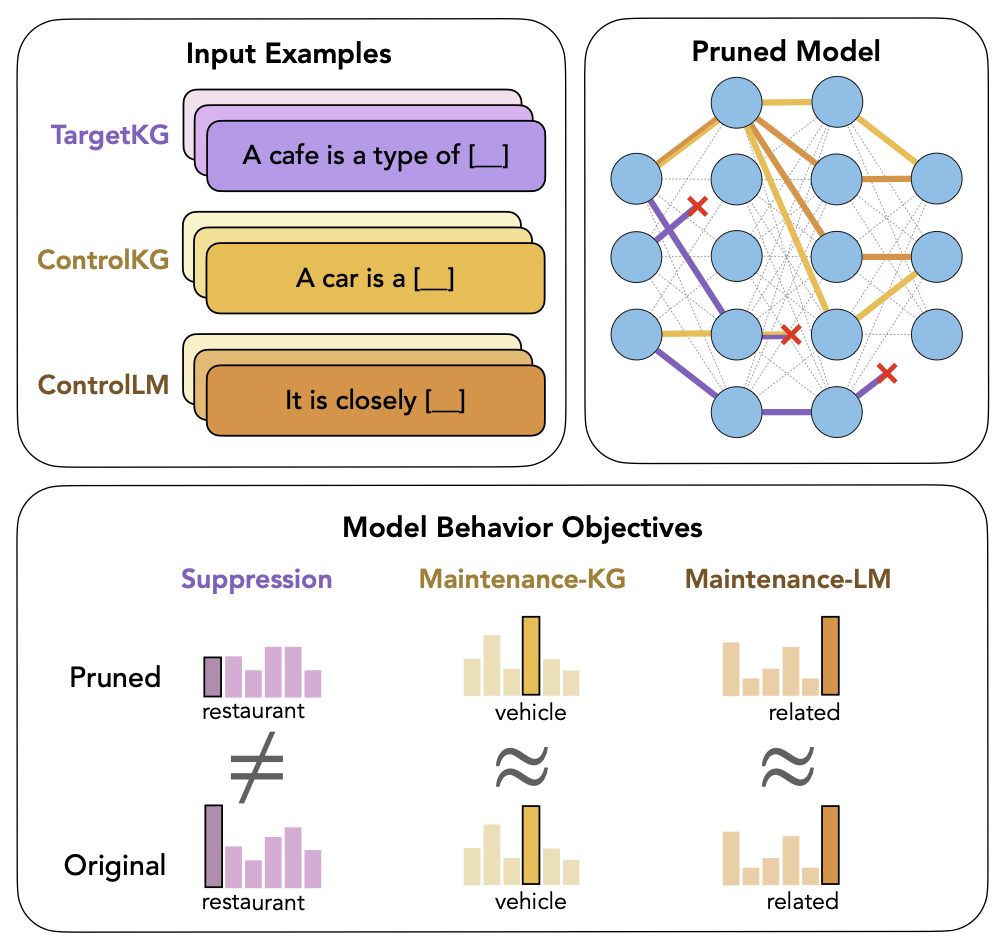 EMNLP'24
Conference on Empirical Methods in Natural Language Processing (EMNLP), 2024.
EMNLP'24
Conference on Empirical Methods in Natural Language Processing (EMNLP), 2024. -
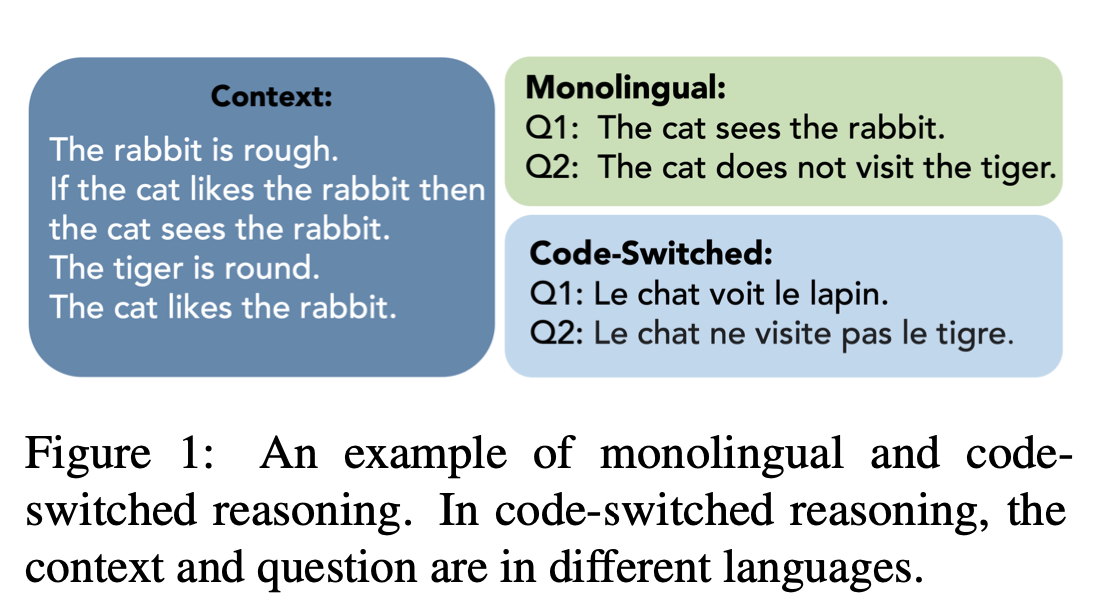 EMNLP'23
Conference on Empirical Methods in Natural Language Processing (EMNLP), 2023.
EMNLP'23
Conference on Empirical Methods in Natural Language Processing (EMNLP), 2023. -
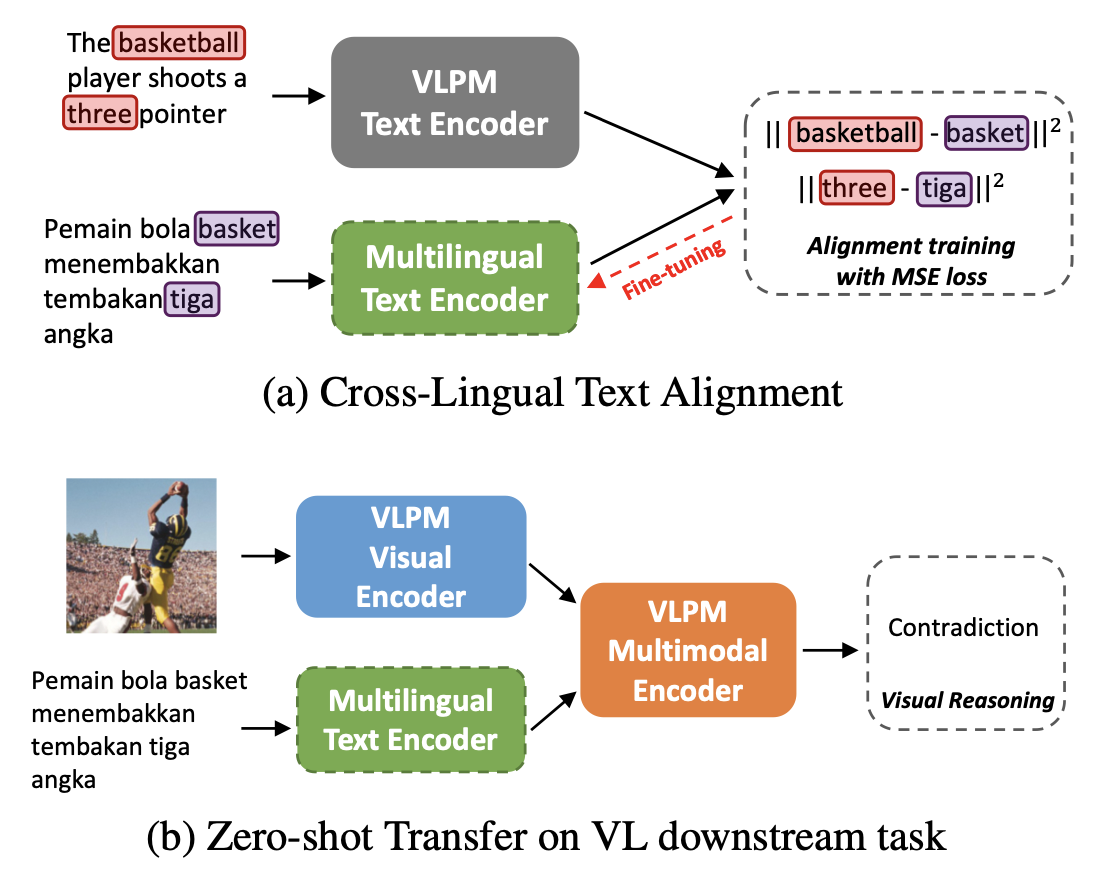 ACL'23
Annual Meeting of the Association for Computational Linguistics (ACL), 2023.
ACL'23
Annual Meeting of the Association for Computational Linguistics (ACL), 2023. -
 EMNLP'22
Conference on Empirical Methods in Natural Language Processing (EMNLP), 2022.
EMNLP'22
Conference on Empirical Methods in Natural Language Processing (EMNLP), 2022. -
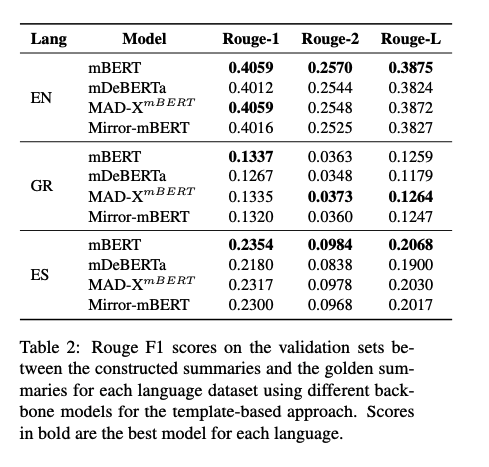 Proceedings of the 4th Financial Narrative Processing Workshop @LREC2022.
Proceedings of the 4th Financial Narrative Processing Workshop @LREC2022. -
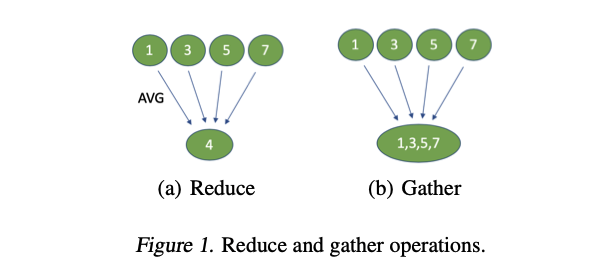 Workshop on "Beyond first-order methods in ML systems" at ICML, 2020.
Workshop on "Beyond first-order methods in ML systems" at ICML, 2020. -
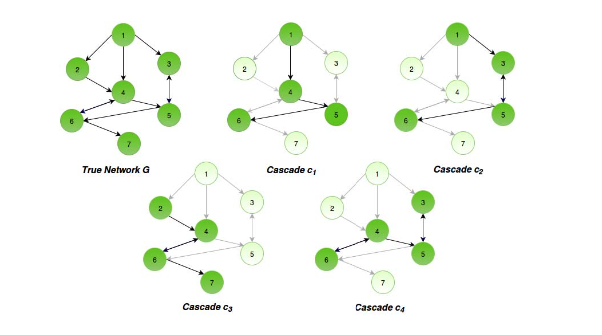 TCSS'17
IEEE Transactions on Computational Social Systems.
TCSS'17
IEEE Transactions on Computational Social Systems. -

-
 ICCKE'15
5th International Conference on Computer and Knowledge Engineering (ICCKE).
ICCKE'15
5th International Conference on Computer and Knowledge Engineering (ICCKE).
Powered by Jekyll and Minimal Light theme.